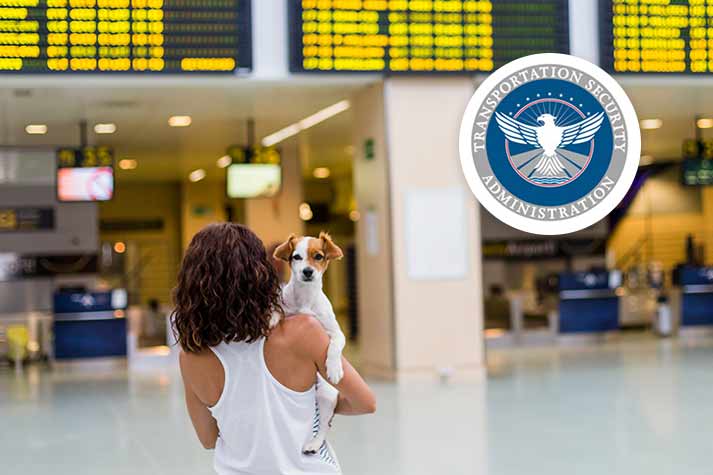
28 Jul
Rabies Deaths in Bengaluru Expose Cracks in Public Health and Stray Dog Management
Bengaluru: Two children in Bengaluru are currently battling for their lives at the Indira Gandhi Institute of Child Health after testing positive for rabies. Their condition highlights a growing concern that has long simmered beneath the surface of India’s urban chaos: the failure to manage stray dog populations and enforce basic public health protocols. These are not isolated incidents. Karnataka has reported 23 rabies-related deaths in the past seven months. Among the deceased are children aged just six and three. The city’s Epidemic Diseases Hospital alone recorded three such deaths this month.
What makes these fatalities especially tragic is that nearly all were preventable. Rabies remains one of the few infectious diseases that is 100 percent preventable with timely intervention. Yet, according to experts, enforcement gaps and institutional neglect continue to put lives at risk. “Though municipal laws mandate annual rabies vaccination for dogs and puppies above three months of age, it is not enforced.
There is no workforce and machinery to do the job in civic bodies,” says Dr M. K. Sudarshan, founder president and mentor at the Association for Prevention and Control of Rabies in India (APCRI). The data paints a dire picture: approximately 99 percent of rabies cases in India are transmitted through infected stray dogs. Karnataka alone has reported over 2.3 lakh dog bite cases in the first six months of 2025, while Bengaluru is estimated to have around 2.7 lakh stray dogs within its limits.
Pre-exposure vaccination is a key line of defence. It is particularly important for those working with or frequently exposed to animals. However, awareness remains abysmally low even in urban centres. “Many parents of children who died from rabies were unaware that a pre-exposure rabies vaccine exists,” says Dr Reeta S. Mani, professor and head of neurovirology at NIMHANS. “The vaccine is affordable. It costs ?300 per dose.” The protection lasts for a year or two and is widely available, but not mandatory; something Mani attributes to economic constraints. Yet the stakes are too high to ignore. “Once symptoms appear, there is no cure. Timely vaccination can save lives,” she adds.
At the local level, apartment complexes and gated communities are increasingly confronting the issue of how to manage community dogs. While the BBMP, following Animal Welfare Board of India (AWBI) guidelines, mandates humane practices such as vaccination, sterilisation, and non-relocation, these rules often remain on paper. “Apartments seldom have a comprehensive and structured pet or stray management policy,” says Radhika Margabandhu, governing council member of the Bangalore Apartments Federation. She insists this is not a binary between dog-lovers and dog-haters but a question of accountability in dense urban environments. In her view, the burden does not fall solely on feeders or Resident Welfare Associations; it must be shouldered by everyone.
India has committed to eliminating dog-mediated rabies by 2030 under its National Action Plan. But experts argue that Bengaluru is nowhere close to achieving that goal. Dr Sudarshan calls for strengthening the BBMP’s animal husbandry department, enforcing compulsory registration and vaccination of pet dogs, and launching a well-monitored, city-wide mass dog vaccination drive with annual targets. Without this kind of structured campaign, he says, the elimination target will remain aspirational at best. He also stresses the need for a steady supply of rabies vaccines and equine rabies immunoglobulin at all government hospitals, including those under BBMP jurisdiction.
Some residents and activists suggest more aggressive steps. Dr Sudarshan believes that densely populated and vulnerable areas, such as hospitals, schools, and places of worship, should be declared stray-free zones through amendments to existing ABC (Animal Birth Control) rules. He proposes a dedicated animal welfare cess that could fund a robust ABC programme. Sanjana Sairama, a Bengaluru-based engineer, supports the need for balance: kindness toward strays should not come at the cost of public safety. According to her, letting dogs roam near hospitals or other sensitive areas is unsafe for both people and animals.
Others are focusing on behavioural awareness. Aggression in dogs, they argue, often stems from factors such as hunger, extreme heat, and stress; conditions worsened by urban neglect and poor feeding practices. Feeding strays at building gates or tossing food near parked vehicles can lure them into high-traffic areas and increase the likelihood of conflict.
Animal rights activist Sadhana Hegde, who has been tracking Karnataka’s anti-rabies vaccination (ARV) programme, highlights the discrepancy in implementation across regions. Through RTI data, she has found that many districts, including Bengaluru Rural, still lack fully functional vaccination systems despite the ARV programme being in place for two decades. In contrast, BBMP has recently improved its vaccination rate by revamping vendor contracts.
While this is a step forward, she argues that urban success must not obscure rural gaps. “Rather than blaming the animals, citizens should question their local administration about the failure to implement vaccination drives. Dogs don’t invite rabies; it’s one of many diseases that affect mammals,” she says.
The takeaway is stark: rabies in India is not a scientific or medical failure. It is a governance failure. The tools to prevent it (vaccines, education, mass sterilisation) are already available. What’s missing is coordination, enforcement, and political will. Until civic bodies treat rabies as a serious and solvable public health crisis, more lives will remain at risk.





AUTHOR’S BIO
Carry My Pet
Passionate pet enthusiasts and globetrotters, dedicated to easing furry friends' journeys worldwide. Penning tales of compassion at CarryMyPet, where every relocation is a tail-wagging adventure.